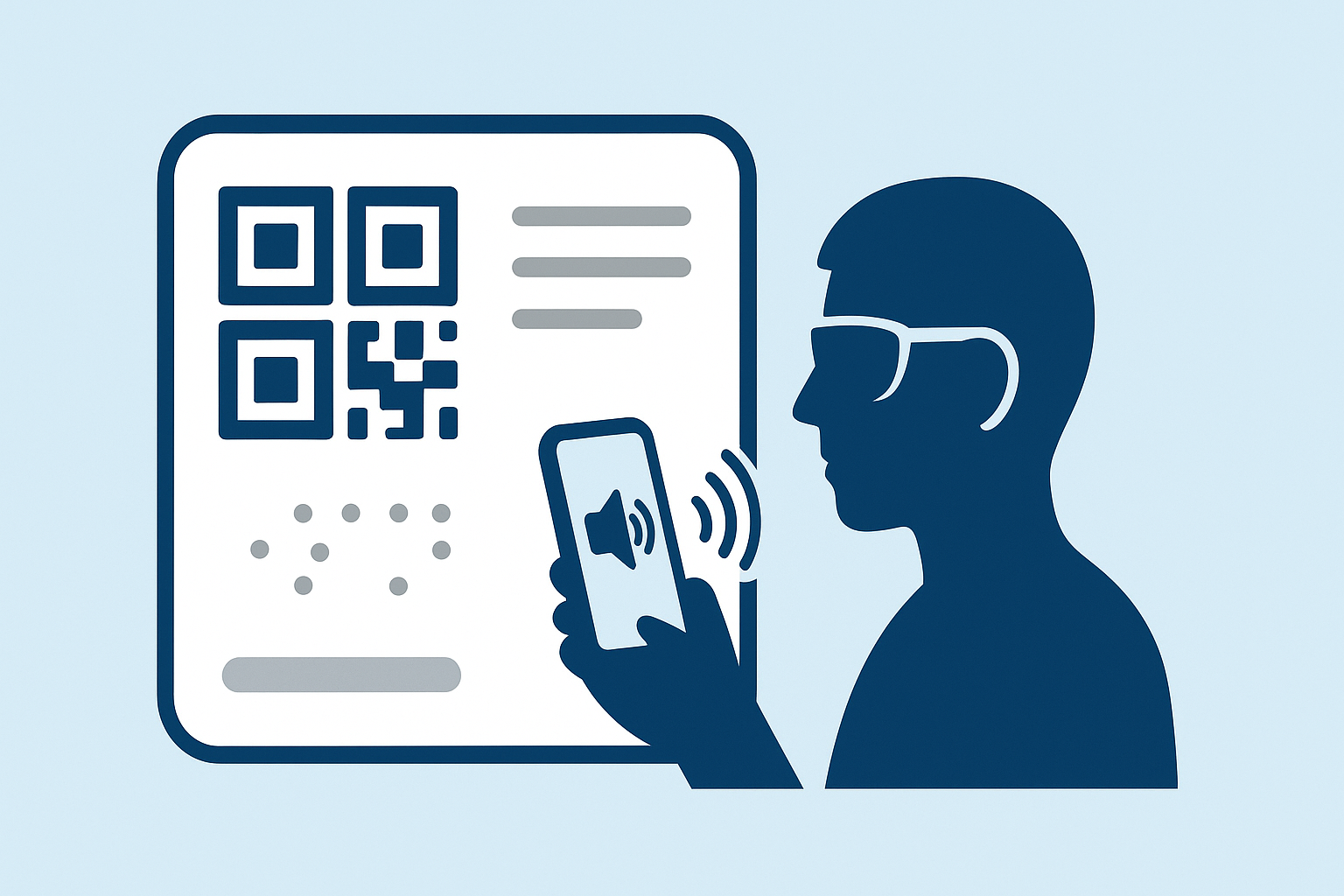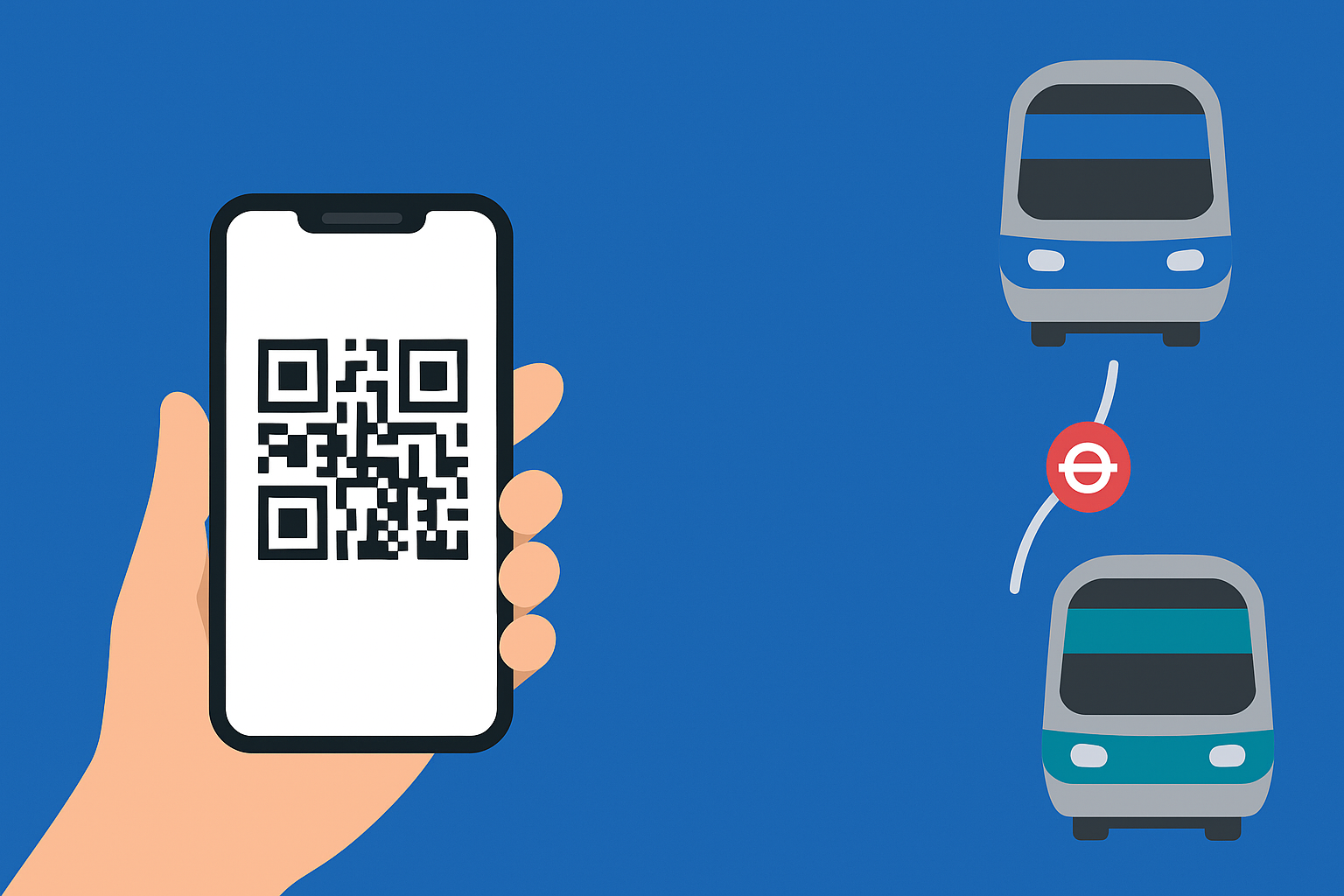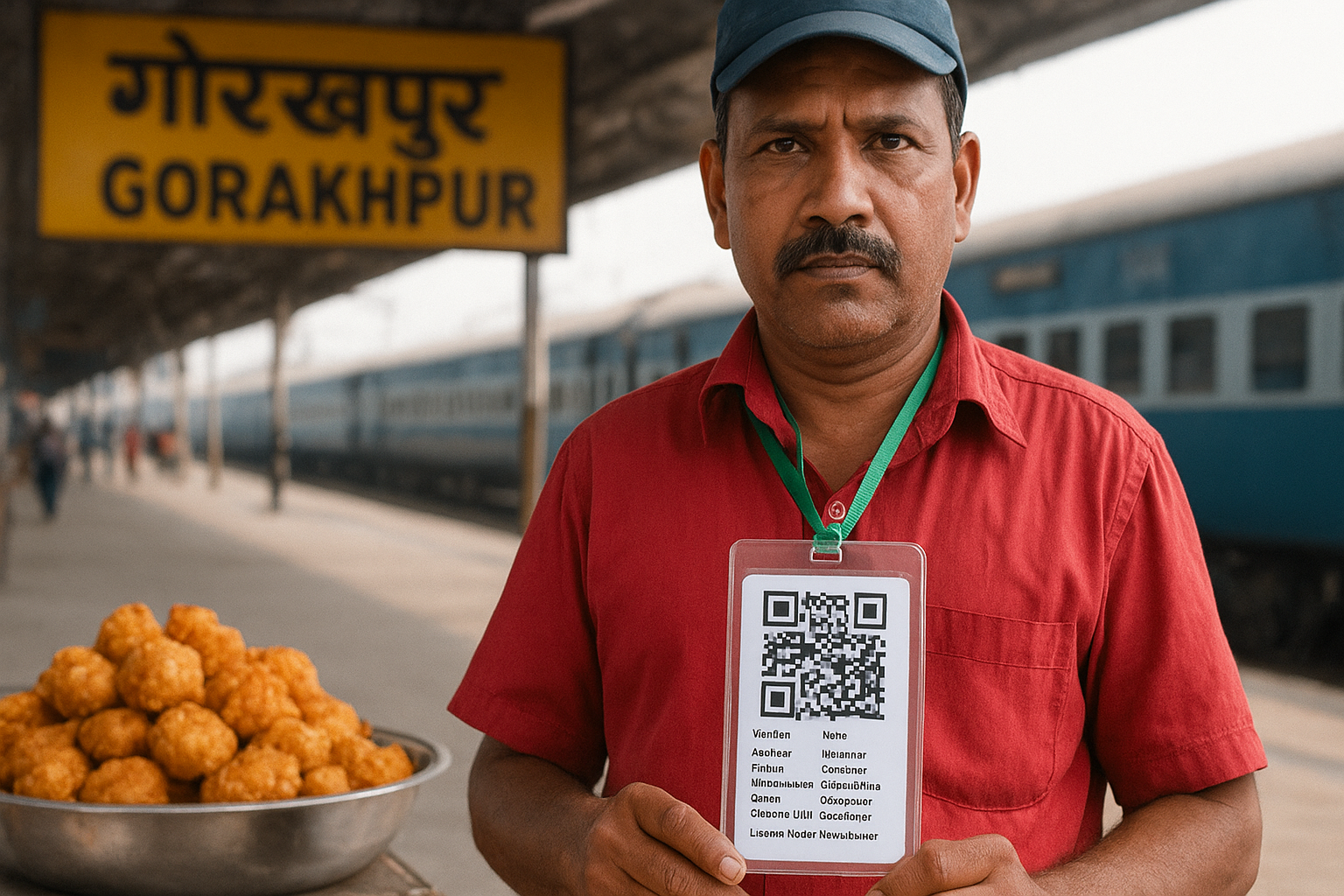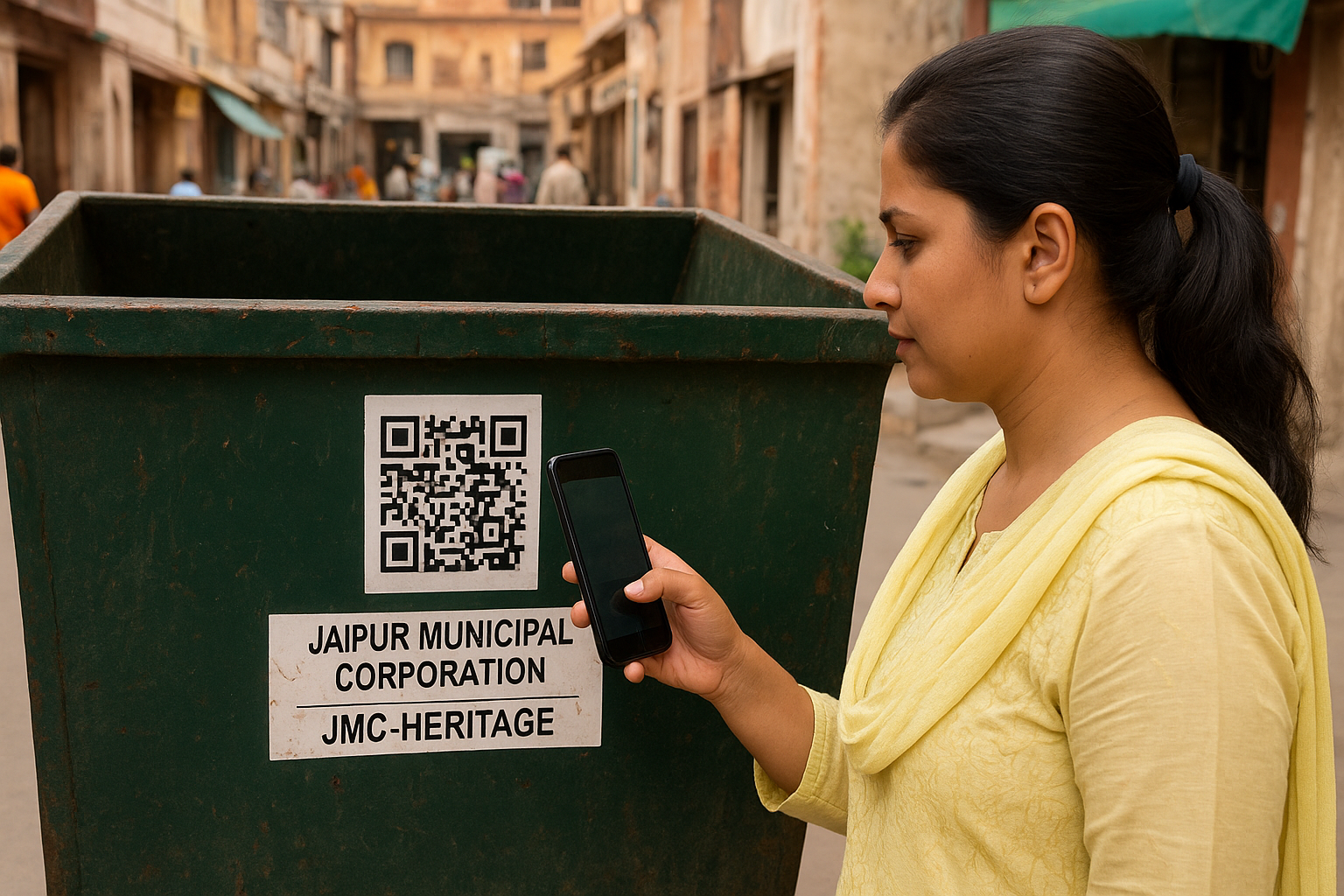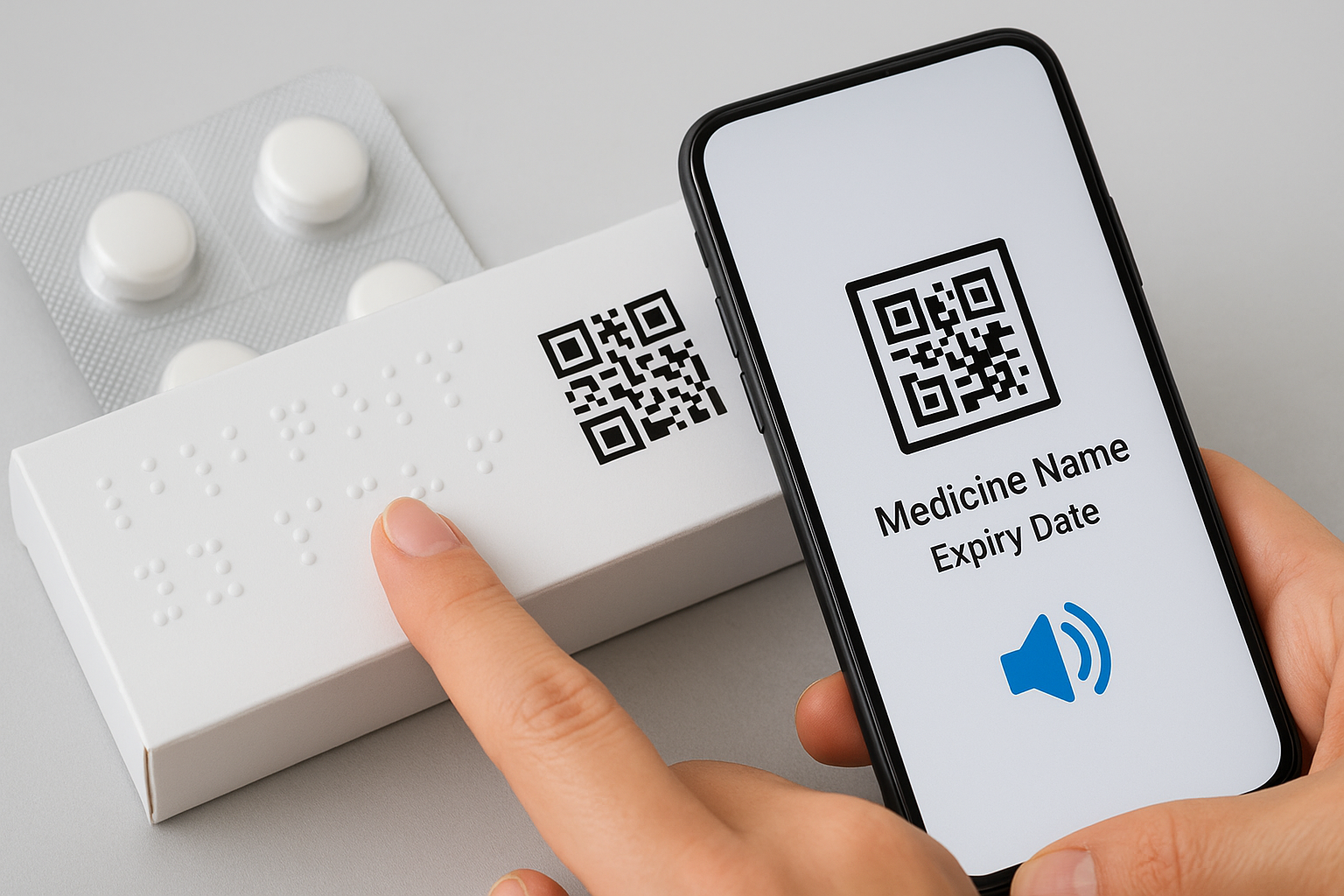Quick Summary
CDSCO has proposed new accessibility regulations requiring voice-assisted QR codes, Braille labels, and minimum font sizes on medicine packaging to aid India's visually impaired population. The draft is open for stakeholder feedback.
Table of Contents
1. Background: Why this Matters?
- Millions of Indians with visual impairments depend on others to read medication labels, creating risks of dosage errors and missed warnings.
- The 58th Drugs Consultative Committee in 2020 recognised the need for a dedicated study on Braille labelling and inclusive packaging.
2. What the CDSCO Proposals Include?
| Measure | Details |
|---|---|
| QR Codes with Voice Assistance | Mandatory QR codes delivering audio on medicine name, expiry, dosage, and safety instructions. |
| Braille Labelling | Braille on secondary packaging (and primary where feasible), validated by agencies such as NIEPID. |
| Font-Size Standards | Minimum 9-point font, aligned with European labelling norms, for partially sighted patients. |
| Exemptions | Medicines administered under professional supervision (injectables, vaccines) may be exempt. |
| Phased Approach | Some measures (e.g., mono-carton Braille labelling) may begin voluntarily before becoming mandatory. |
3. Stakeholder Insights
- Dr Rajeev Singh Raghuvanshi, DCGI, noted the proposals are "an important step toward greater accessibility and patient safety."
- Dr Sanjiv Gupta, senior eye surgeon, emphasised that voice-enabled QR codes empower visually impaired patients to manage medicines independently.
- Regulators are inviting feedback from manufacturers, public health experts, and accessibility advocates.
4. Potential Challenges and Considerations
- Technical execution: Designing durable QR codes, multilingual voice outputs, and accessible scanning tools.
- Standardisation: Precise Braille artwork and accurate audio scripts will require validation.
- Cost impact: Packaging redesign, printing, and validation may strain manufacturers, especially SMEs.
- User awareness: Patients need devices and know-how to scan voice-enabled QR codes; health workers must assist.
- Regulatory phasing: Clear timelines and phased enforcement can ease adoption while ensuring compliance.
5. Implications for Manufacturers & Healthcare Providers
- Manufacturers: Packaging redesign across primary and secondary layers, partnerships with accessibility specialists, and adherence to validation protocols.
- Healthcare providers: Pharmacists and clinicians must guide patients on scanning techniques and interpreting new labels.
- Tech opportunities: App developers can build tools that scan QR codes and deliver voice outputs in regional languages.
6. Path Forward & Timeline
- CDSCO has opened the draft for public consultation.
- Post feedback, final guidelines and timelines will be published.
- Implementation is likely to be phased, starting with voluntary adoption on secondary packaging followed by mandatory compliance.
- Monitoring and enforcement will be key to ensuring standards are met.
7. Conclusion
Mandating voice-enabled QR codes, Braille labels, and readable fonts can transform how visually impaired patients interact with medicines. While manufacturers face technical and cost considerations, the payoff—safer, more dignified access to healthcare—is profound. As the proposals move through consultation, collaboration among regulators, industry, and accessibility experts will be crucial to delivering inclusive medicine labelling across India.


